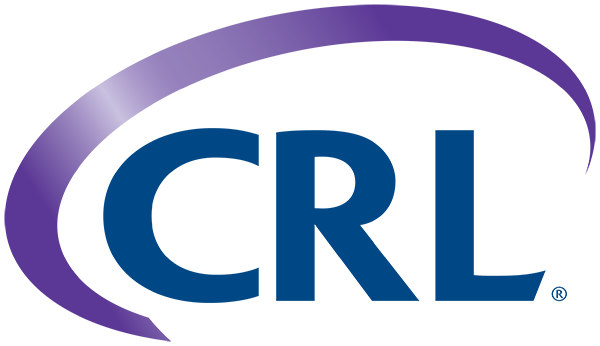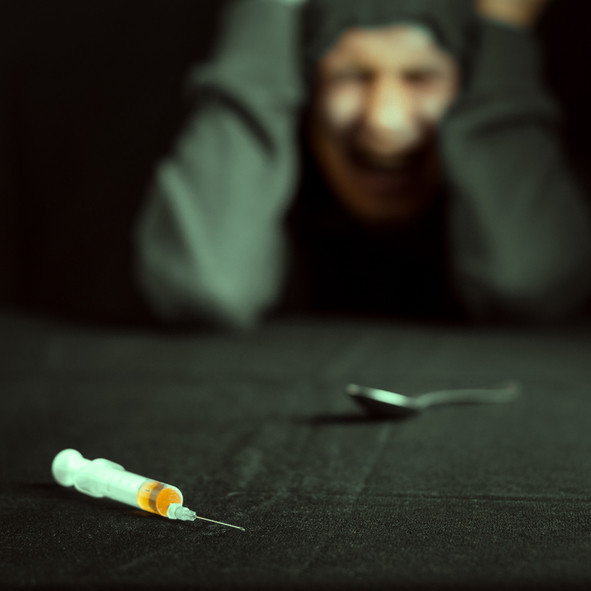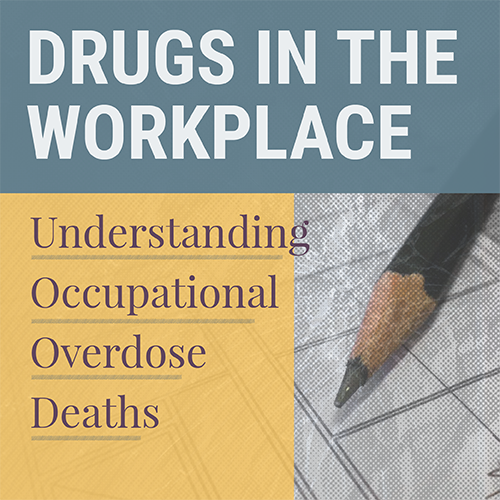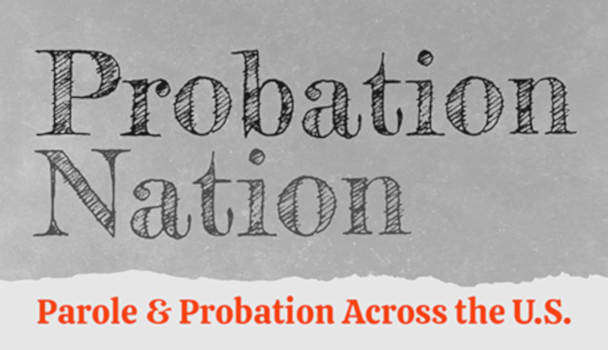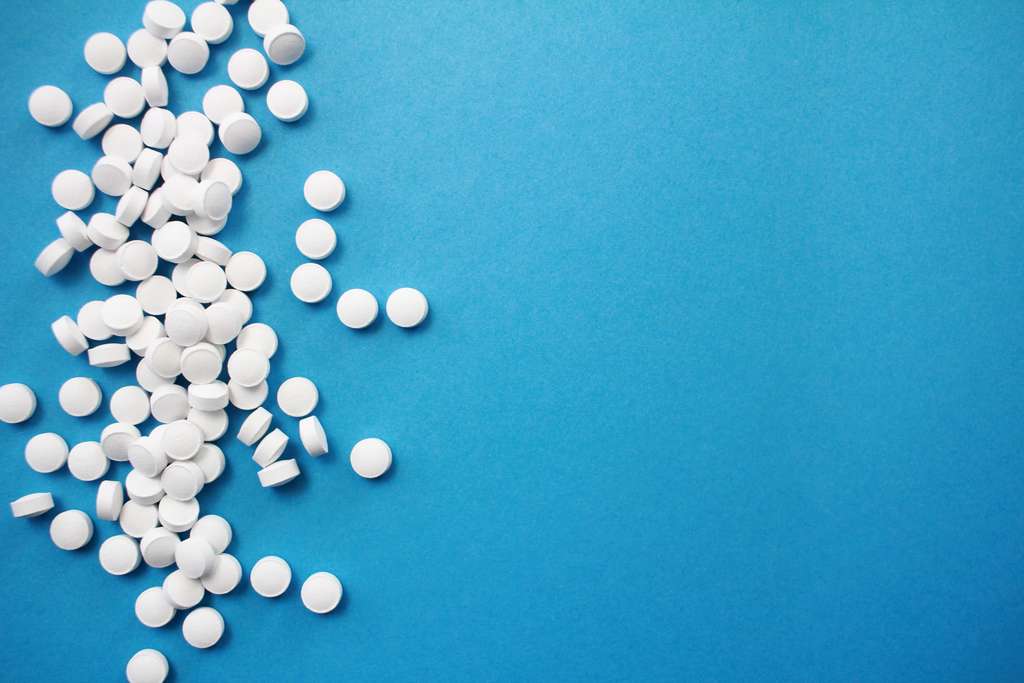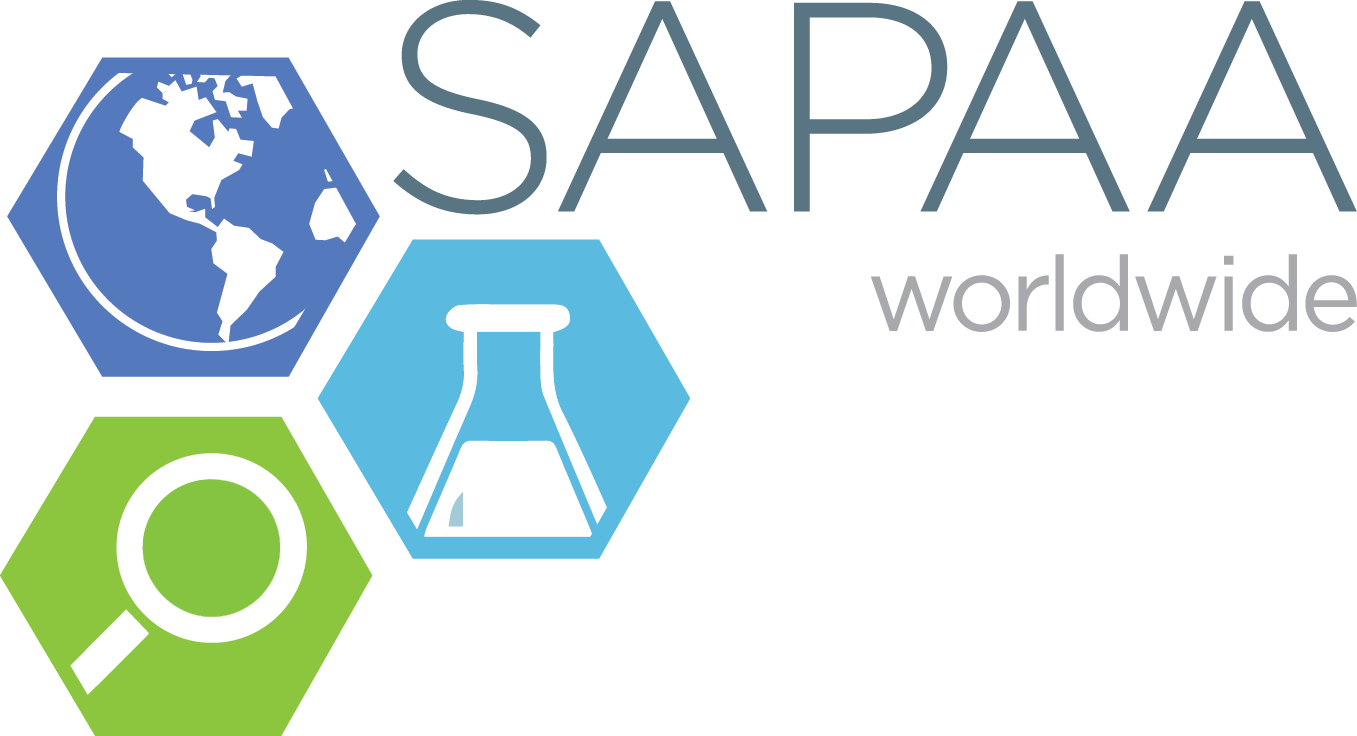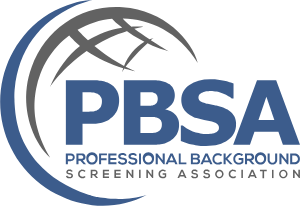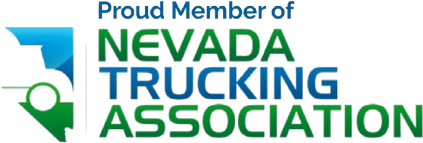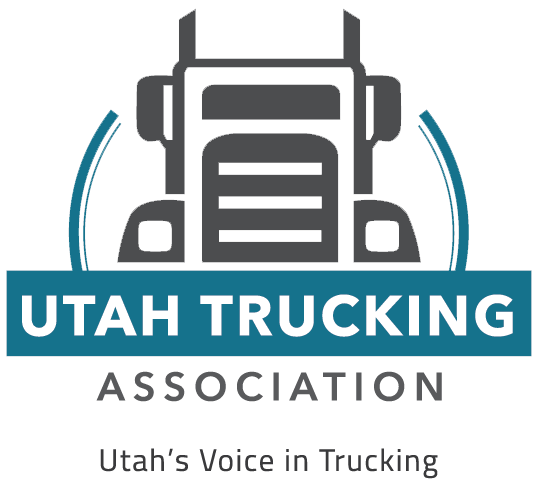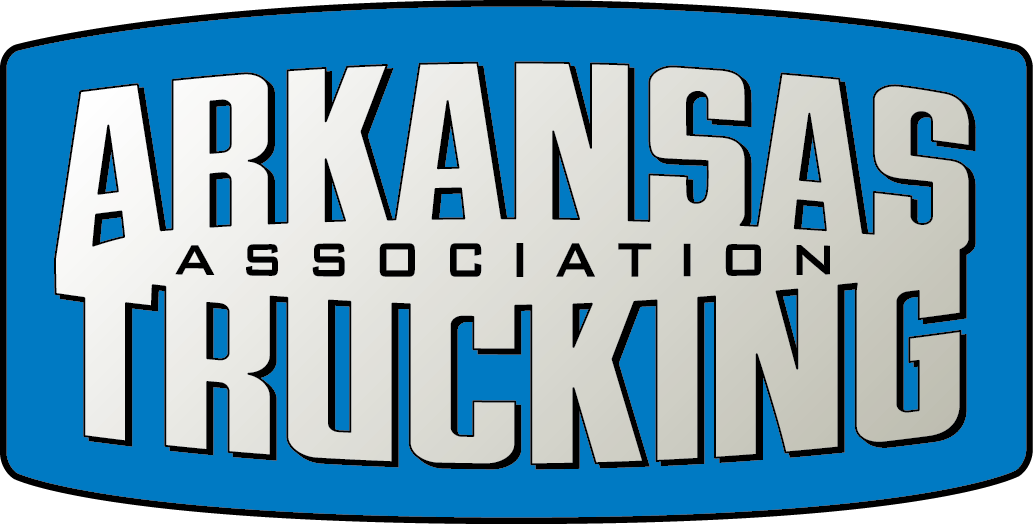US Drug Test Centers Blog
Enabling Versus Helping a Drug Addict | US Drug Test Centers
Drug addiction is a major problem in the US. In 2013, 23.5 million people were addicted to drugs or alcohol. Out of these, only 11% sought addiction treatment. As human beings, we are capable of doing anything for our loved ones to ensure that they are okay, even when dealing with addiction.
Addiction is a disease, and even as we try to help our loved ones who are addicted to drugs, our actions may be doing more harm than good. Instead of helping them to overcome their addiction, we may actually be enabling them to continue with it.
Helping a Drug Addict
Do you know what makes us want to help out our loved ones who are struggling with addiction? The answer is simple: our emotions. These emotions of love and concern drive us to do anything to help them get over their addiction and restore order and sanity in their lives. What are some of the things you can do to help a loved one struggling with drug addiction?
To begin, identify the signs and symptoms of addiction clearly. This way, you will know which situation you are dealing with. The signs and symptoms of addiction include:
- Tolerance to the drug of abuse
- The use of drugs to get rid of withdrawal symptoms
- Continued use of drugs even when they know that the drugs are hurting them
- A decline in health and physical appearance
- Financial issues and neglecting one's family
If you loved one is showing these signs and symptoms, you are dealing with a case of drug addiction, and you should get them professional help as soon as you can. There are, however, some things that you can do as an individual or family living with an addict to help them get rid of their addiction. You can talk when the addict is ready to seek help seriously. Do not be manipulated by the addict into doing his/her bidding by supporting them in their habit.

Above all, your safety and that of the other family members should always come first. Staging an intervention also helps the addict realize that they do have an addiction problem and that they should enlist professional help in dealing with it.
When Does Helping Turn into Enabling?
There is a very subtle distinction between helping and enabling a drug addict. We may have the best of intentions in trying to help only to realize that our actions are making the problem worse. Enabling refers to allowing the addict to continue with their habit in one way or the other. What are some of the signs that you are enabling instead of helping the addict?
- Making excuses for their behavior
- Supplying them with money that they can use to buy drugs
- Ignoring the fact that they are still using drugs even when they promised that they would stop
- Lying to their bosses that they are ill when they do not show up at work
- Taking care of their responsibilities such as running errands, housekeeping, paying bills, raising their kid, etc.
- Bailing them out of disasters such as providing an alibi when they need one
- Offering legal assistance by bailing them out of jail and getting them a lawyer
- Continually putting your needs aside to take care of them
Enabling an addict is usually camouflaged as helping them out when in reality, we are not. The difference between the two is that helping is a positive action while enabling is negative in that it supports their behavior instead of making them stop.
The Problem With Enabling
Enabling does not support a healthy lifestyle. The addicts do not experience or get to understand the consequences of their actions, resulting in them overlooking or not seeing that they do have a problem. The reality is that when an addict sees how bad their life has become as a result of their action, they will opt to change and get their life back in order. Enabling blinds them to this reality since they can lead their lives as usual while still enjoying all the luxuries that come with life.
 Many may think that enabling is only bad for the addict. The immediate family and friends of the addict also suffer the consequences of this enabling behavior. The loved ones, therefore, bear the brunt of the addict's behavior. Not only do they have to support the addict financially and to take on their responsibilities, but they also become distraught as a result of the addict's behavior and usually develop feelings of resentment towards them. The enabler may also suffer from codependency and could be emotionally controlled by the addict's behavior.
Many may think that enabling is only bad for the addict. The immediate family and friends of the addict also suffer the consequences of this enabling behavior. The loved ones, therefore, bear the brunt of the addict's behavior. Not only do they have to support the addict financially and to take on their responsibilities, but they also become distraught as a result of the addict's behavior and usually develop feelings of resentment towards them. The enabler may also suffer from codependency and could be emotionally controlled by the addict's behavior.
How to Break the Cycle of Enabling
Addiction is not something that only the addict has to deal with. The loved ones of an addict also have to deal with it. If the addict gets help but the loved ones do not, the cycle will still continue. After all, addiction is a family disease. Your behavior and actions are not the cause of the addiction, but they do contribute to it.
Enablers need to undergo therapy too so that they can stop supporting the addict's behavior. The first thing step is to identify the things you are doing that support the addict's behavior and to stop doing them immediately. Do not make excuses for their behavior. Get back your autonomy by ensuring that you are not endangering yourself or others. Do not cover their financial catastrophes. If you threaten to cut off all form of support, ensure that you implement your threat. Analyzing the consequences of your actions in the short-term and long-term; it will put everything into perspective.
Enabling an addict is an addiction by itself, and if you do not take radical steps to stop your enabling actions, the cycle will never stop. Do not be paralyzed by the fear of what would happen to your loved one if you turn your back on actions that support their addiction. Empower yourself so that you can empower them to get their life back on track.


